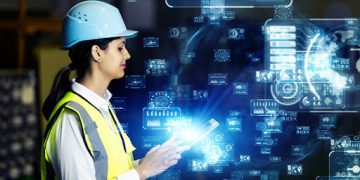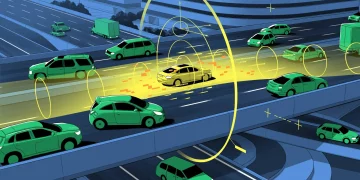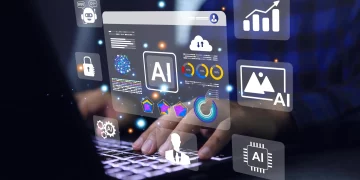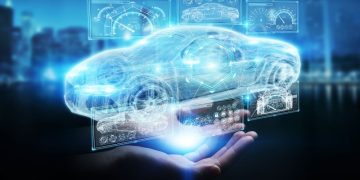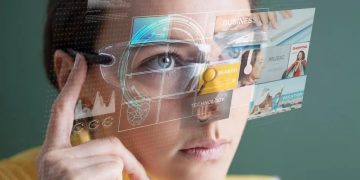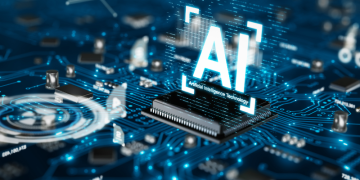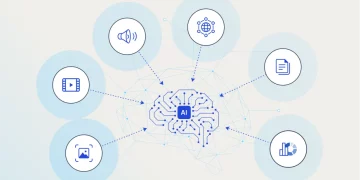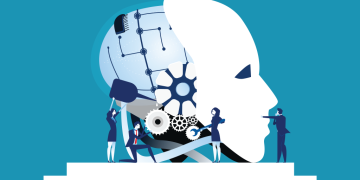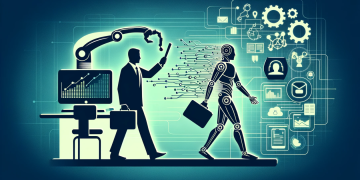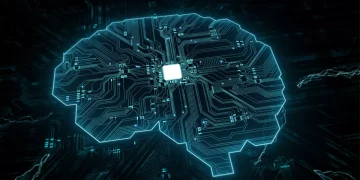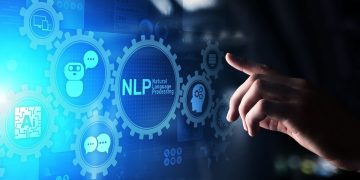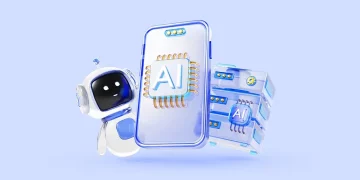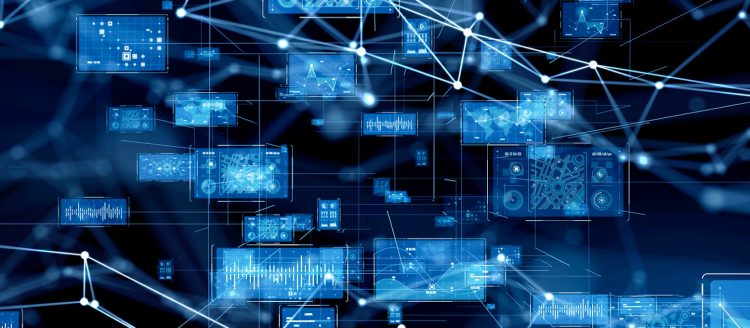Deep learning, a subset of machine learning, has emerged as a dominant force in the AI landscape, revolutionizing industries ranging from healthcare and finance to entertainment and robotics. While the progress has been remarkable, the ability for AI systems to understand and process more complex patterns and data remains a key challenge. Traditional deep learning models, such as neural networks, have made significant strides in tasks like image recognition, natural language processing, and speech synthesis. However, as data becomes more sophisticated and the demands of real-world applications grow, there is a pressing need for AI systems that can understand deeper, more intricate patterns.
This article will explore recent breakthroughs in deep learning that are enabling AI to tackle more complex data and patterns, paving the way for more powerful, intuitive, and versatile AI systems.
1. Advancements in Neural Network Architectures
The backbone of deep learning is the neural network, which mimics the way the human brain processes information. Over the years, researchers have made significant improvements in the architecture of these networks to improve their capacity to learn and generalize complex patterns.
a. Transformer Models and Attention Mechanisms
Transformers, first introduced in the paper “Attention is All You Need” (2017) by Vaswani et al., have drastically improved AI’s ability to handle sequential data, such as language, audio, and time-series data. Unlike traditional recurrent neural networks (RNNs), transformers rely on attention mechanisms that allow the model to focus on different parts of the input sequence as needed. This capability has led to massive improvements in natural language understanding and generation.
Impact:
- Contextual Understanding: Transformers excel at capturing long-range dependencies and contextual relationships in data, which is especially important in tasks like machine translation, text summarization, and question answering.
- Parallelization: Transformers can be trained in parallel, making them more efficient and scalable than previous architectures.
Examples:
- GPT-3 and BERT: These transformer-based models have set new benchmarks in natural language processing, allowing AI systems to generate coherent text, perform translation, and even generate creative content with minimal supervision.
b. Graph Neural Networks (GNNs)
Another significant breakthrough is the development of Graph Neural Networks (GNNs), which allow AI models to process data that is structured as graphs (i.e., entities and relationships). Traditional deep learning models are ill-suited to handle such data because they are designed to work with grid-like data (e.g., images, sequences). However, real-world data—such as social networks, molecular structures, and recommendation systems—is often represented as graphs.
Impact:
- Understanding Complex Relationships: GNNs are capable of learning about the interdependencies between nodes in a graph, making them powerful tools for tasks that involve relational data, such as recommendation systems, drug discovery, and fraud detection.
- Versatility: GNNs can be applied across domains where relationships and structures are key, like social networks, supply chains, or even computational chemistry.
Examples:
- Facebook’s Graph Search: Uses GNNs to better understand connections between users and recommend relevant content or friends.
- Drug Discovery: GNNs are increasingly used to predict molecular properties by treating molecules as graphs of atoms and bonds.
2. Self-Supervised Learning: Learning with Less Data
Traditionally, deep learning has relied on large, labeled datasets to train models. However, labeling data can be expensive, time-consuming, and sometimes impractical. Self-supervised learning is an emerging paradigm that allows models to learn useful representations from unlabeled data by creating pseudo-labels through the structure of the data itself. This approach is particularly promising for tasks involving complex, unstructured data like images, text, and video.
a. Pretext Tasks and Contrastive Learning
Self-supervised learning often involves creating pretext tasks, where the model is tasked with predicting some part of the input data from other parts. A popular method for self-supervised learning is contrastive learning, where the model learns to differentiate between similar and dissimilar examples. By learning these relationships, the model can develop representations that capture meaningful features of the data, even without explicit labels.
Impact:
- More Data Efficiency: Self-supervised learning can reduce the reliance on massive labeled datasets, which is particularly valuable in areas like healthcare, where annotated data is scarce.
- Generalization: Models trained through self-supervision often develop more generalized representations that can transfer well to other tasks with little additional fine-tuning.
Examples:
- SimCLR and MoCo: These are popular self-supervised learning algorithms for computer vision, where the model learns to recognize objects in images without explicit labels.
- BERT and GPT: Pre-trained on vast amounts of text data using self-supervised techniques, these models have revolutionized natural language understanding.
3. Multimodal Deep Learning: Bridging Different Data Types
Most traditional deep learning models focus on a single modality of data, such as images, text, or sound. However, in the real world, data is often multimodal—comprising a mix of text, images, sound, and even sensor data. Multimodal deep learning aims to integrate and make sense of these different types of data, enabling AI systems to develop a richer understanding of the world.
a. Fusion of Text, Image, and Sound
Recent developments in multimodal deep learning focus on combining the strengths of various neural networks that specialize in different data modalities. For example, combining image recognition (via convolutional neural networks, CNNs) with natural language processing (via transformers) and even sound processing (via recurrent networks or specialized architectures) allows AI systems to generate more accurate and nuanced interpretations of complex real-world situations.
Impact:
- Improved Contextual Understanding: Multimodal learning allows AI to understand complex scenarios by incorporating multiple data sources. For instance, in autonomous vehicles, AI can process camera data, radar data, and sensor information to understand the environment more holistically.
- Cross-domain Applications: AI systems can create richer representations by learning to associate concepts across different domains. For example, a robot could better understand instructions by seeing a demonstration and hearing verbal cues simultaneously.
Examples:
- OpenAI’s CLIP: This model can understand both images and text, linking them in a way that allows for tasks like image captioning and zero-shot image classification.
- DeepMind’s DQN (Deep Q-Network): Used in robotics, where AI systems can learn to perform tasks by combining visual, auditory, and sensory inputs.

4. Few-Shot and Zero-Shot Learning: The Power of Generalization
One of the longstanding challenges in deep learning has been the need for large amounts of labeled data. Few-shot learning and zero-shot learning aim to overcome this limitation by allowing models to generalize from very few examples (or even none) of a particular task.
a. Transfer Learning and Meta-Learning
Transfer learning allows a model trained on one task to be fine-tuned for another task with minimal data. On top of that, meta-learning—or “learning to learn”—teaches models how to adapt quickly to new tasks with few examples. These approaches are fundamentally changing how AI systems are trained and deployed in real-world settings.
Impact:
- Data Efficiency: These approaches allow AI systems to learn effectively from fewer examples, making them more suitable for applications where data collection is expensive or time-consuming.
- Greater Flexibility: Models trained using few-shot or zero-shot learning can generalize across a broader range of tasks and adapt to new situations without needing retraining from scratch.
Examples:
- GPT-3 (Zero-shot learning): OpenAI’s GPT-3 can perform various tasks (translation, summarization, etc.) without being explicitly trained on those tasks, demonstrating impressive zero-shot capabilities.
- Meta-Learning in Robotics: Meta-learning techniques have enabled robots to adapt to new environments and tasks with minimal supervision, significantly improving autonomous learning in unpredictable settings.
5. Explainability and Interpretability: Making AI Models More Transparent
As deep learning models grow in complexity, ensuring that these models are explainable and interpretable becomes increasingly important. New research is focused on understanding why models make certain decisions, especially in critical applications like healthcare, finance, and law enforcement.
a. Explainable AI (XAI)
Efforts in Explainable AI (XAI) aim to make deep learning models more transparent by providing insights into how decisions are made. This is particularly important in high-stakes scenarios, where trust in AI systems is paramount.
Impact:
- Building Trust: Making AI models more interpretable ensures that users and stakeholders can trust the decisions made by these systems, which is crucial for widespread adoption.
- Better Decision-Making: By understanding how models arrive at certain conclusions, users can better assess the reliability of AI-generated outputs and make more informed decisions.
Examples:
- LIME and SHAP: These tools help visualize the decision-making process of machine learning models by highlighting the features that most strongly influence predictions, improving interpretability.
Conclusion: A New Era for Deep Learning
The breakthroughs in deep learning outlined above represent a new era for AI. With advancements in neural network architectures, self-supervised learning, multimodal models, and generalization techniques like few-shot learning, AI systems are becoming more capable of understanding complex patterns in data. As these innovations continue to unfold, the potential applications for deep learning will expand, unlocking new possibilities in fields ranging from healthcare to autonomous systems to creative industries.
Ultimately, the future of deep learning lies not only in making AI systems more powerful but also in making them more efficient, interpretable, and adaptable to a wider range of tasks and challenges. As these breakthroughs continue to reshape the AI landscape, we are entering a time when AI systems can not only process data more intelligently but also understand the underlying complexities of the world around them.

